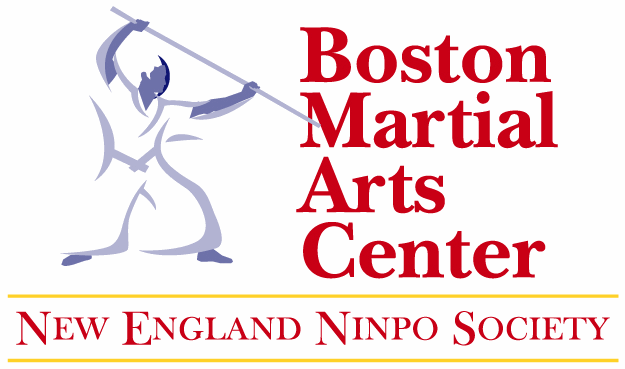My first experience with Japanese Kenjutsu the (martial art of the sword) was in 1975 at the All East Coast Karate Championship. It was one of the final demonstrations and listed as the high point of the tournament. The young Karate Master jumped out on the stage with a loud shout (kiai) and started to slash the sword in the air like he was cutting an imaginary opponent as he shouted. The demonstration lasted about 45 sec. and it was a blaze of steel and yelling. Then it suddenly stopped! The Springfield Civic center was so quiet you could hear the popcorn crunching under our feet as we waited for the clapping, then there was a roar from the crowd and the Karate master received a standing ovation. I went home that night thinking about Japan and the Art of the sword.
I was only 17 at the time but it never left my mind. About 8 years later I was in Dayton, Ohio training with Grandmaster Dr. Hatsumi’s student Stephen K. Hayes. The class started with our bokken (wooden swords). I started to hold it like a baseball bat but Mr. Hayes soon showed us how to hold it correctly. Holding it like a baseball bat grip was very limiting and there was no flexibly to the movement. He started to lecture about the importance of getting a good feel of your basic taijutsu and then starting to move with the sword.
He had us try basic cutting in the air with our Ninpo Taijutsu, placing the sword in (kamae) positions that would be to our advantage when our physical and spiritual state was under stress from an attacker. This taught me a great deal about martial arts strategy. At the time the Go Rin No Sho the Book of the Five Rings spoke about sword strategy and life. Mr. Hayes’ sword strategy, which he learned from his teacher, could be applied the same way to life but like all things in Martial Arts it had to be learned on the training floor with interaction with your training partner and a good teacher overseeing the process. In the old system of training in Japan things were understood via interaction and intuition. The deeper lessons and strategy were beyond words.
As a martial arts practitioner it is important to understand the history behind what you are studying, for example kenjutsu. What does it mean to understand the sword and what it represents? If you consider the history of the blade it may mean the difference between life and death. Therefore the study of this particular art was never taken lightly. It was extremely serious. In today’s society we do not walk down the street with swords at our sides, however our mental discipline should be the same. The sword is not a glamorous toy to be slammed around in a dojo like what we see in the movies. The sword is a physical manifestation of the discipline of our thoughts. This is why the book Go Rin No Sho addressed the concept of strategy and life. In this way all of the learning that we acquire as students can be applied to all aspects of our life inside and outside of the dojo.
[ad]
Join our Facebook page: https://www.facebook.com/bostonmartialarts
Join our email list for upcoming events and DVD,Books and newsletter https://bostonmartialarts.com/2013/10/02/subscribe-boston-martial-art-mailing-list-today/
I was working on kenjutsu last week and was moving with my training partner changing kamae (position based on what my spirit is sensing in relation to a changing environment). This requires the mind and body to stay sharp, because if your mind floats for one moment you could be in over your head. A good starting place on how not to get in over your head is “Stay in the moment, not before or after.”



